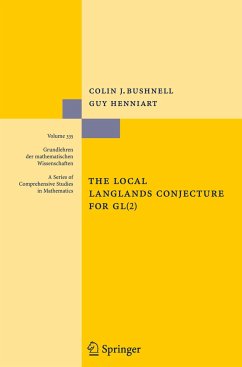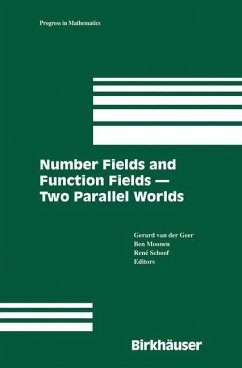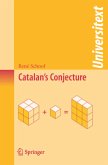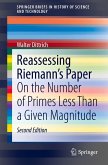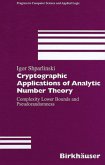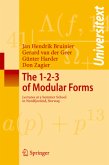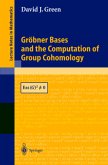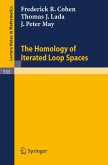If F is a non-Archimedean local field, local class field theory can be viewed as giving a canonical bijection between the characters of the multiplicative group GL(1,F) of F and the characters of the Weil group of F. If n is a positive integer, the n-dimensional analogue of a character of the multiplicative group of F is an irreducible smooth representation of the general linear group GL(n,F). The local Langlands Conjecture for GL(n) postulates the existence of a canonical bijection between such objects and n-dimensional representations of the Weil group, generalizing class field theory.
This conjecture has now been proved for all F and n, but the arguments are long and rely on many deep ideas and techniques. This book gives a complete and self-contained proof of the Langlands conjecture in the case n=2. It is aimed at graduate students and at researchers in related fields. It presupposes no special knowledge beyond the beginnings of the representation theory of finitegroupsand the structure theory of local fields. It uses only local methods, with no appeal to harmonic analysis on adele groups.
This conjecture has now been proved for all F and n, but the arguments are long and rely on many deep ideas and techniques. This book gives a complete and self-contained proof of the Langlands conjecture in the case n=2. It is aimed at graduate students and at researchers in related fields. It presupposes no special knowledge beyond the beginnings of the representation theory of finitegroupsand the structure theory of local fields. It uses only local methods, with no appeal to harmonic analysis on adele groups.
From the reviews: "In this book the authors present a complete proof of the Langlands conjecture for GL (2) over a non-archimedean local field, which uses local methods and is accessible to students. ... The book is very well written and easy to read." (J. G. M. Mars, Zentralblatt MATH, Vol. 1100 (2), 2007) "The book under review gives a complete and self-contained insight into the theory of representations of G. ... We highly recommend this book to Ph.D. students as well as to specialists. The book contains a huge amount of information, definition and facts ... . The book has a Bibliography containing 91 references ... ." (Alexandru Ioan Badulescu, Mathematical Reviews, Issue 2007 m)

